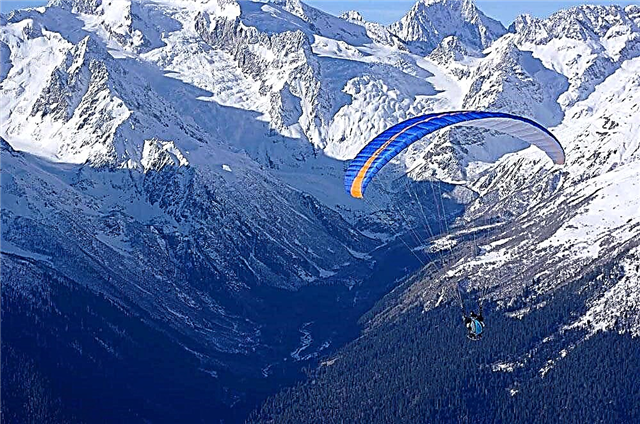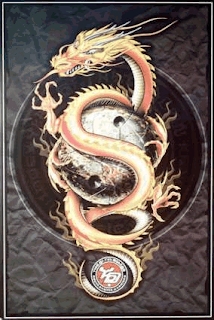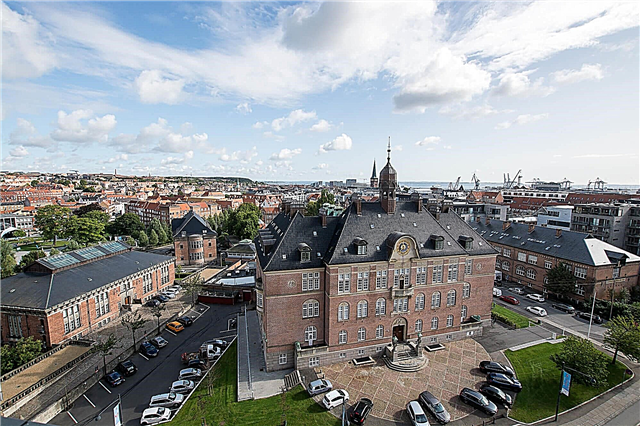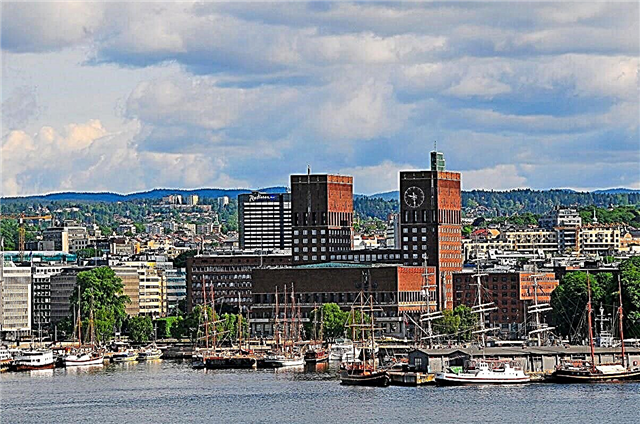The oil-rich country of Europe, Norway has an interesting history. In this country, history, traditions and modernity come into contact with each other. A tourist, being in this country, will not get lost. In every even abandoned corner of the country, there is civilization and help from people. Vacationers come to Norway for a cruise vacation, ski vacation. Each can be reached not only by car, but also by bike. There are paved roads everywhere.
Tourists prefer to simply rent a house off the beaten track and live in places where there is no civilization. But the most interesting attraction of the country is the polar night and the northern lights. You can even watch her from the window of your room. The Christmas bustle does not deprive Norway of a party. On these days, you can go to any city to the local fair.
The largest cities in Norway
List of the largest cities in terms of population in the country.
Oslo
Capital of Norway. Until 1624, this city was called Wikia. Was the official capital of the Vikings throughout Scandinavia. The city is distinguished by its powerful modern infrastructure and an accessible environment for all people. The most famous landmarks of the country are: Akershus Fortress, Oslo Cathedral and the Royal Palace. The city is annually awarded the Nobel Peace Prize, which activates event tourism.
Population - 681 071 people (2019)

Bergen
The ancient city of Norway. Until the 12th century it was the official capital. Now the city is industrial, it has a large oil infrastructure. The city is washed by the waters of the North Sea. The city has a large concert hall where the 1986 Eurovision Song Contest was held. Bergen Embankment - the main place of the city since 1979, is included in the UNESCO heritage list. The ancient fortresses of Sverresborg and Fredriksberg speak of the former military power.
Population - 257 087 (2019)

Stavanger
Oil capital of Norway. In the past, the city was a simple fishing village. But from the middle of the 20th century, oil was found in the vicinity and they began to develop it. Famous landmarks of the city are the Canned Food Museum, the Maritime Museum and the Theater. The city is the most educated place in the country. Every year 10 thousand students receive education here.
Population - 225,020 (2019)

Trondheim
In the past it was known as Nidaros until 1930. The city is located at the mouth of the Nidelva River. In the Middle Ages, religious wars took place in the city. An important event of that time was the Battle of Stiklastadir. Signs of this battle can be found in the city. The city has a wooden royal residence, the only structure made of wood for the highest people. Old architecture, represented by buildings of the 19th century. Previously, the city suffered many fires.
Population - 186 364 people (2019)

Fredrikstad
Named after the founder king. The city dates back to 1567. Has several famous landmarks, such as the largest bridge in the city - crossing the Glomma River, the Church of St. Michael and the Hospital of St. Joseph. The hospital, during the war years, helped to save hundreds of lives at the hands of the Nazis. The city is a satellite for Sarpsborg.
Population - 113 622 people (2019)

Drammen
The city has been founded since 1838. Earlier it had the name Skogger, but since 1964 it was renamed. In 1893, the first semaphore was installed in the city, which marked the beginning of the development of the Norwegian railway signaling system. In the past, the city had an old trolleybus service. But it was canceled due to uselessness. Norwegian footballer Martin Edegor was born in the city.
Population - 107 930 people (2019)

Sannwick
Suburb of Oslo. In 1895, Claude Monet visited the city and made several landscapes. The city has a large shopping mall with 195 stores. Until 2005, the School of Management was located in the city. Since 2014, the first building built on the basis of ecological materials has appeared in the city. From the capital, Sannvik can be reached in 40 minutes.
Population - 105 928 (2006)

Skien
Founded in 1000. The main basis of the industry, in the past years, was the mining of stone. Today, the city has a developed woodworking industry, cellulose and other activities. There is a Hjalmar Johansen museum. The city has a harbor that connects it to the Gulf of Bohus. The city is easy to get to thanks to the airport built inside it.
Population - 93 255 people (2019)

Kristiansand
The city is located in the south of Norway. Due to its mild and warm climate, it is popular with local tourists. The largest zoo in Norway is located here. The city traces its history back to 1641. Due to Napoleonic wars, fires and World War II, the city has lost many of the values of the past. But to this day, old ships have survived, which stand on the banks of the Utra River.
Population - 92 359 people (2019)

Tromsø
The city is located 400 kilometers from the Arctic Circle. The city is separated from the mainland by being on an island. The city is home to the world's northernmost botanical garden, with a large collection of plants. There is a football club and a brewery. During World War II, the Germans did not make it to the city. He did not suffer in any way, having preserved a shipyard, a teacher training college and a bishop's chair dating from the 19th century.
Population - 76 649 people (2019)

Sannes
The city began to be actively built in 1970, from the moment of the discovery of oil fields. Before that, the city was uninhabited. Due to the fact that the city is bordering and has a Norwegian-Swedish population, a neutral linguistic status is established here. The languages of Bokmål and Nynorska are also used here. The city has no old buildings, only modern infrastructure.
Population - 76 328 people (2018)

Sarpsborg
Industrial city with a population of 52 thousand people. Many buildings dating back to the 19th century have survived in the city. Most of the buildings were lost during the Seven Years' War and during the landslide in 1702. Known among tourists as an industrial tourism destination with excursions to the Borregaard brewery and chemical plant. A city of artists and popular Norwegian rock music.
Population - 54 678 people (2016)

Ålesund
One of the few European cities built in the Art Nouveau style. Due to its specific construction, it is a place of attraction for tourists. The coldest temperature recorded in the city is -11 degrees. The city has a mild, not windy climate. You can find any kind of fish in the city, because this place is the center of the fishing industry.
Population - 53 234 (2019)

Tonsberg
According to unconfirmed reports, the city was founded in 871. It had 4 churches in the past, but due to large fires in 1536, only the foundations of the structures remained. The city was famous for the fact that since the 17th century, the whaling industry has been actively developing here. In addition, the city will be of interest to movie lovers. Episodes of films from the Marvel Universe were filmed here.
Population - 52 419 people (2019)

Moss
Major city in Norway. The city is a large port and harbor. The sea harbor can accommodate 2000 ships at a time. There are 250 industrial enterprises in the city. The largest enterprises are focused on the production of pulp and paper. Unofficially, the city is called the "city of sculptures" due to the fact that it has 4 art galleries.
Population - 47 135 people (2019)

Haugesund
The population of the city has been constantly increasing for 60 years. A striking attraction is the Marilyn Monroe monument. According to local legend, Monroe's father was a Norwegian named Martin Mortenson who went to the United States for a better life. Lovers of this mystery often visit the city to find out more details. In addition, the city is home to Hannah Krogh, a popular Norwegian singer.
Population - 45,040 people (2019)

Sannefjord
He began to develop actively due to the discovery of oil fields. If earlier it was a small village, reaching barely 1000 people, then since 1970 an active population growth began to appear. The official language is the Norwegian dialect Bokmål. The city has only modern architecture, without the frills of the past.
Population - 44 368 people (2019)

Arendal
It appeared on the map in 1500, but did not immediately receive the status of a city. At first the city was a trading fortress. Then it became a place for the development of the ship industry. Industry is still developing in the city. So on the territory of the city, the world's largest silicon processing plant is located. Before the war, the city had the largest tanker fleet in Norway.
Population - 43 515 people (2019)

Bodø
The city is located outside the Arctic Circle. Since 1959 it has a modern coat of arms, which depicts the sun - symbolizing the polar day. It was to this city that the Lockheed U-2 spy plane shot down in the USSR was supposed to fly in 1960. The strong current Saltstraumen runs through the city. It is one of the largest in the world. Within the city limits, the village of Kjerringøy has been preserved, completely authentic with ancient buildings from the 1600s.
Population - 41 720 people (2019)

Porsgrunn
First mentioned in the books of the writer Peder Fries. The entry in his book is dated 1576. The city has old Norwegian architecture dating back to the 17th-18th centuries. New buildings are being built, but mostly old buildings are here. Cycling is actively developed. The most famous building in the city is Porsgrunn City Hall, near which city events take place.
Population - 35 955 people (2016)

Hamar
In 1994, the Winter Olympics were held in the neighboring town of Lillehammer. Competitions were also held in Hamar. The city has a very long history of the development of the local railway structure. There is a museum and a university. In 1999, the city hosted the Ice Hockey World Championship. Officially in Norway, the city is a territory for the development of sports and sporting events.
Population - 31 298 people (2019)

Halden
City of festivals. Often the peak of holidays and event tourism falls in the winter. The city has a developed system of canals in which you can sail by boats. The Frederiksten Fortress, Rod Mansion, New Bridge, Fredrikshalds Theater are very well preserved. The Kholasmasten television tower is one of the tallest buildings in the country.
Population - 30 544 people (2016)

Larvik
It is a transit point to Denmark due to the developed ferry traffic. The main asset of the city is mineral waters. The town is home to the Farriskilden mineral spring. The source releases to the domestic market and to the external water under the name Farris. Complexes of medieval human trafficking have been preserved in the vicinity of the city. In addition, the city is the northernmost place where beech is distributed.
Population - 24 647 people (2019)

Yovik
Founded in 1432. In 1807, a glass factory was opened on the territory of the city, which became the basis for the development of the local industry. All old houses are painted white. The city is one of the largest in terms of the number of students. It trains 4,000 people at the same time. The Hünnselva River runs through the city, dividing it into two parts.
Population - 20 589 people (2019)

Okrehamn
Small provincial town. In 2002 it received the status of a city. There is no industry in the city, only service. Any tourist can visit the local fish restaurant - having tasted different types of fish. The city is full of nature, and there are cruise tours around the area. Accessible infrastructure is the main thing that gives life to a new city.
Population - 7 873 people (2019)












